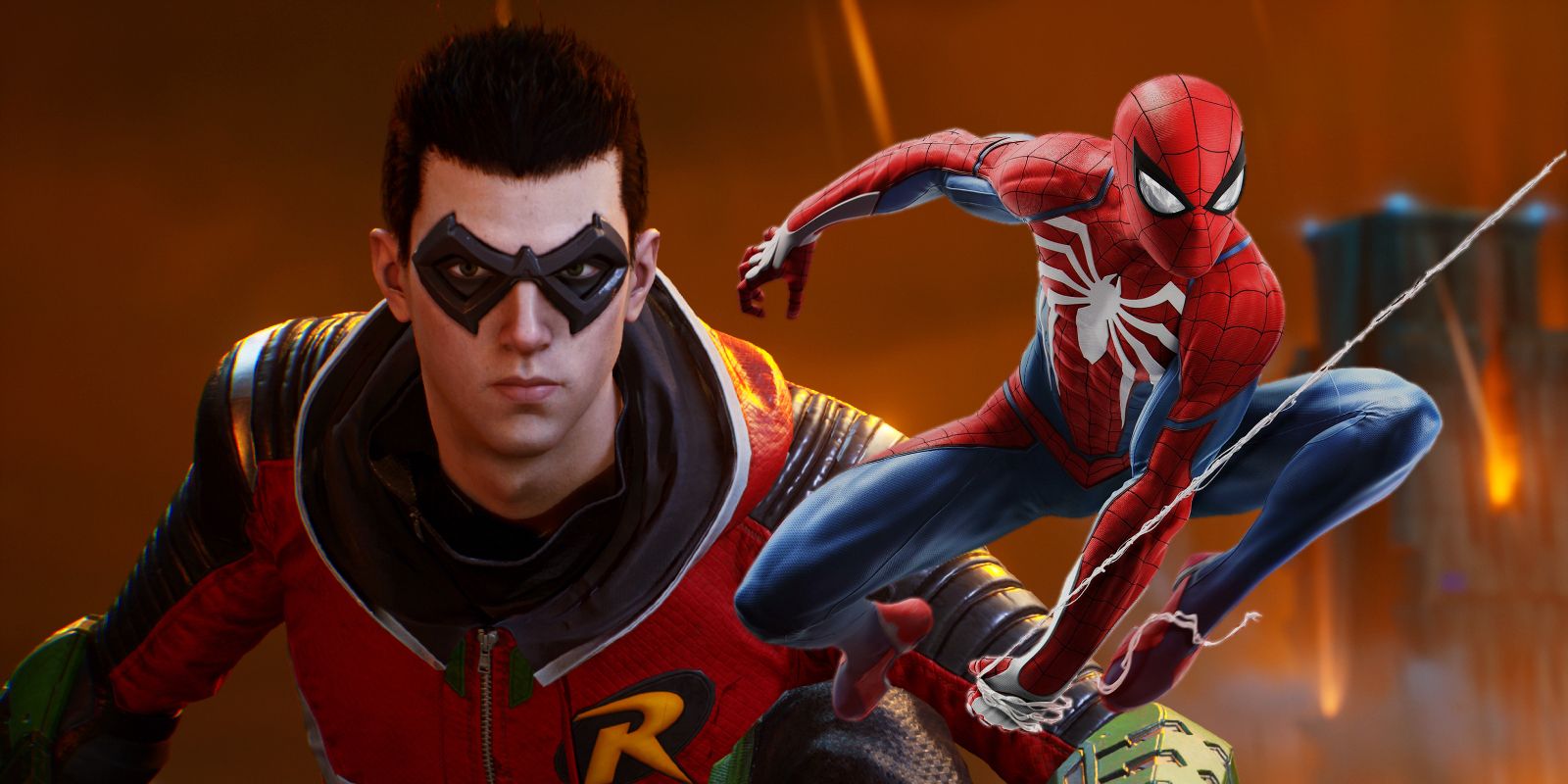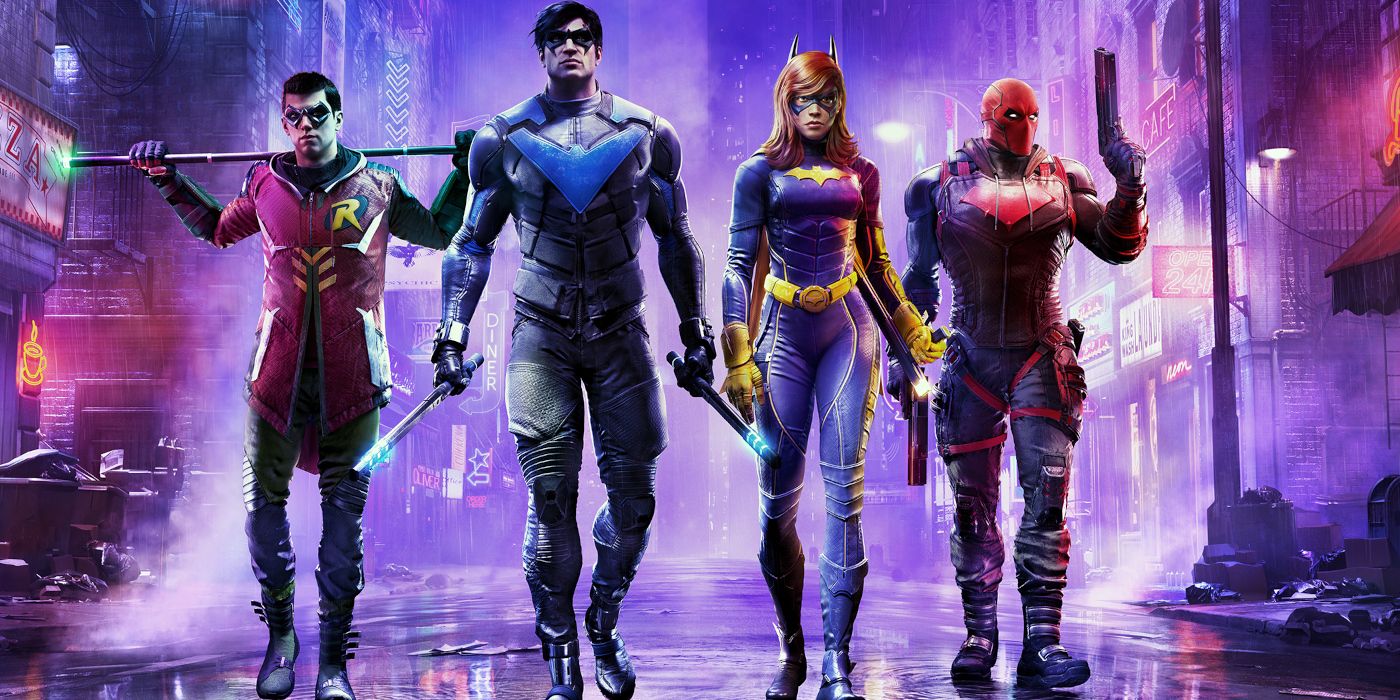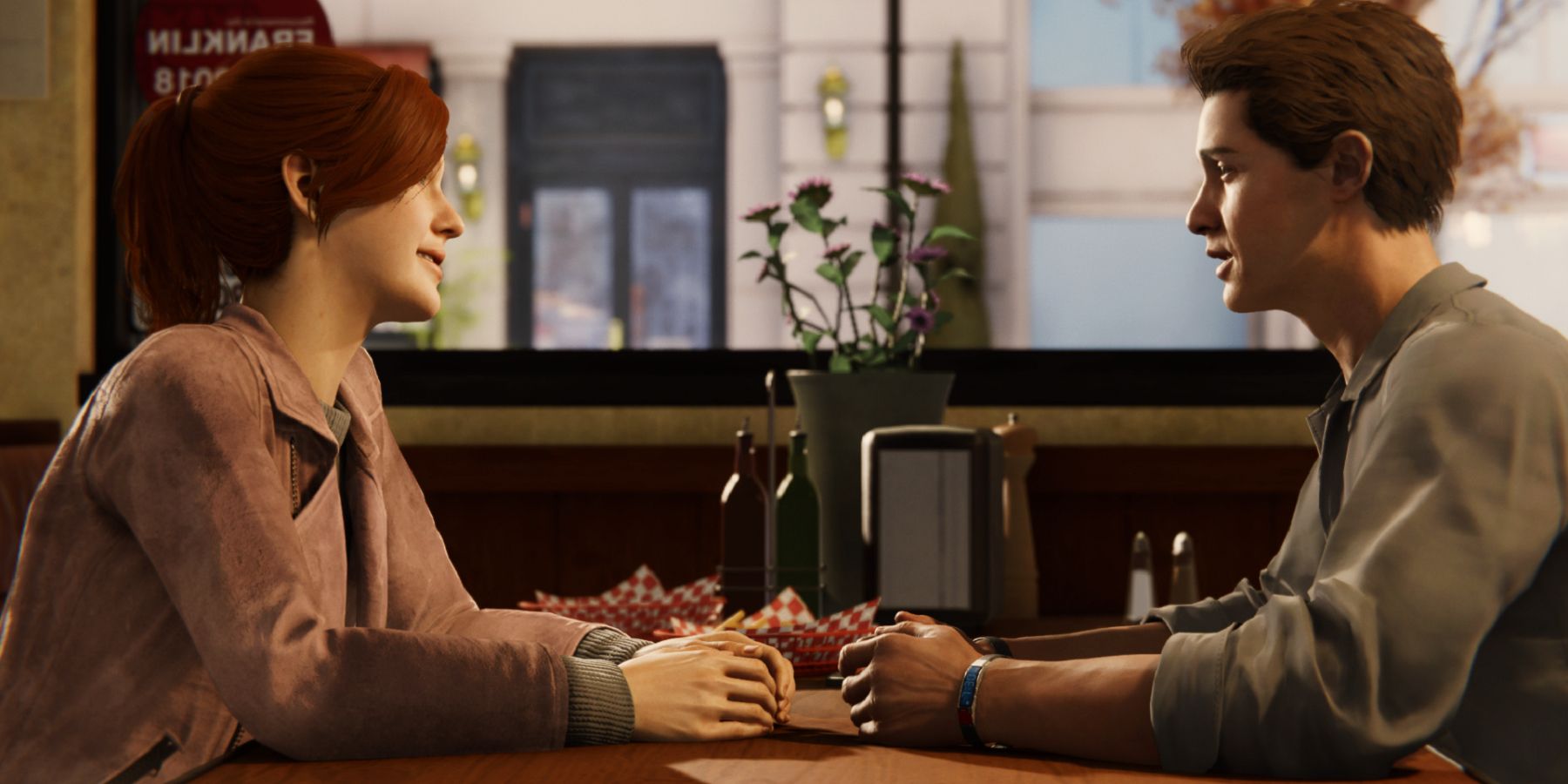Rocksteady's Batman: Arkham series and the Spider-Man games from Insomniac are some of the greatest comic book video games ever created, and while Gotham Knights is in many ways a spiritual successor to the former, there are plenty of lessons it can glean from the latter. The Spider-Man series itself owes a lot to Rocksteady's trilogy, most apparent being its inheritance of the Batman: Arkham Freeflow combat system, but Insomniac's web-swinging games still managed to create their own unique identity. Being based on the same comic series and featuring many of the same characters, Gotham Knights could potentially end up being derivative of the Arkham games, but Spider-Man should stand as an example of how to take influence without imitation.
When Batman: Arkham Asylum first released in 2009, it was something of a revelation for superhero video games. It was intensely narrative-driven without compromising excellent gameplay, and its combat mechanics in particular were massively influential. Plenty of third-person action-adventure games, from Mad Max to Middle-earth: Shadow of War, adopted the combat system. Four Arkham games (counting WB Games Montréal's Arkham Origins) would release before 2018's Spider-Man integrated the same fighting controls with Peter Parker's web-slinging powers.
While Rocksteady is working on the official Suicide Squad follow-up to Batman: Arkham, WB Games Montréal is utilizing its Arkham Origins experience to develop Gotham Knights, which does not continue the story of Arkham Knight. It may not be a direct sequel, but Gotham Knights is a spiritual successor to Arkham both thematically and mechanically. Despite its more obvious inspiration, Gotham Knights will hopefully take some cues from the Spider-Man games, which also have a lot of similarities. Though not quite as prominently, Spider-Man also juggles multiple characters and their relationships. Spider-Man also managed to avoid a narrative pitfall that created dissonance in Arkham Knight especially.
Gotham Knights' & Spider-Man's Multiple Playable Characters
Using Insomniac's Spider-Man series as a whole, Gotham Knights can take some cues on how and how not to utilize its multiple playable characters. A common criticism of the first Spider-Man game from 2018 was its use of characters with no superpowers, Mary Jane Watson specifically. MJ became the player character multiple times throughout the game to advance the plot with stealth missions. While letting players explore the narrative from MJ's perspective is theoretically interesting, the segments were primarily made up of gameplay consisting of walking and hiding. These had a bad habit of slowing the game's pace. Instead of web-swinging around New York City and brawling with bad guys, players were forced to walk around a museum or a warehouse or Grand Central Station and eavesdrop on NPCs.
Hopefully, Gotham Knights handling multiple characters who are superheroes will mean the game avoids any missions that can turn into a slog. Batgirl, Nightwing, Red Hood, and Robin should all be equally interesting to play, and since Gotham Knights is fully playable in co-op, it shouldn't subject two people to forced walking sections. Spider-Man: Miles Morales had similarly tiresome sections, but they were kept to a minimum, and Miles himself is a good example of how to handle multiple heroes. His bio-electric Venom powers were an exciting gameplay development from the first game and were just enough to make playing as Miles distinct. Gotham Knights already looks to be varying its four protagonists quite a bit, but it should make sure one character doesn't end up objectively more powerful or interesting mechanically than the rest.
Gotham Knights' & Spider-Man's Character Relationships Matter
While the Batman: Arkham series did a great job of dropping players into what felt like an established universe, its development of relationships suffered because of it. Arkham City tried to include the love interest between Bruce Wayne and Talia al Ghul, but it lead to Batman's worst character moment in Arkham City and failed to organically develop the relationship so that players really cared about it. Some of this comes from the stoicism of Bruce while he wears the cowl throughout the Arkham games, making it difficult for him to feel relatable. Spider-Man, on the other hand, does a great job building Peter's relationships with MJ and Aunt May, with the spin-off doing the same for Miles' family and friends.
Gotham Knights should either lean into developing Batgirl, Nightwing, Red Hood, and Robin's alter egos and their relationships or keep that aspect of their characters on the periphery. With four protagonists, it may be difficult to properly give each of them enough space. It may be a better alternative to focus the game solely on the action and who they are as heroes. Both Peter and Miles had plenty of time in between missions to spend time with other characters, but if Gotham Knights is singularly structured around crime-fighting, it may not be possible to convincingly develop each character's relationships. Of the things Arkham Asylum did better than Arkham City, the former kept Batman focused on his task while trapped on the island and didn't introduce characters that couldn't be developed within its scope.
Gotham Knights Should Use Spider-Man's Mission Structure
In a similar vein regarding the scope of Gotham Knights, it would do well to learn from how missions are set up to advance time in the Spider-Man games. While free-roaming and exploring the city, time halts and only continues when missions are completed. Arkham Knight especially fell into a problem with putting its narrative on a timer, where Batman is in danger of succumbing to the Joker's infection. This story approach would have worked fine if Arkham Knight were a more linear game, but players instead spend hours exploring Gotham and completing side quests instead of searching for a solution to Batman's dire problem. This is an issue with open-world video games in general, where the main story is often put on the back-burner, but Gotham Knights can mitigate it by following Spider-Man's lead.
Each mission in the Spider-Man games is roughly self-contained. There are narrative threads that extend over the course of the whole game, but there is generally some believable downtime between main story beats. Gotham Knights should do the same and not force any of its protagonists into situations that clash with the game's structure. This situation may already be partially avoided by Gotham Knights taking place over the course of months as the heroes work to thwart Batman's Illuminati, the Court of Owls, rather than in one night like the Arkham games. Gotham Knights has a lot to live up to in the shadow of the Batman: Arkham series, but Spider-Man stands as an example of how it can set itself apart and avoid some character and narrative missteps.




